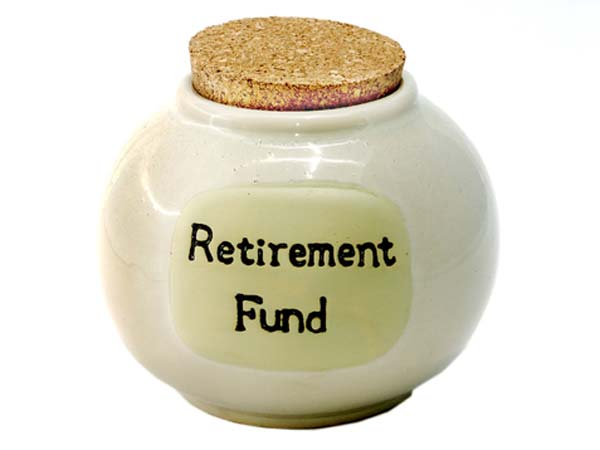With 8.5% Return Should I Invest In This Fund For PPF-like Benefits?
Public Provident Fund is a prominent choice for long-term debt investment, providing assured returns at comparatively higher interest rates along with income tax gain under section 80-C and tax-free maturity amount and interest. That being said, there is another similar enticing investment opportunity promising higher interest that most individuals can't ignore if they are salaried individuals. Voluntary Provident Fund, also referred to as the Voluntary Retirement Fund, is an extension to the Employee Provident Fund which provides comparable privileges as PPF, but with an additional benefit of higher interest rate that is much stronger than PPF. At present, the interest rate on VPF and EPF is 8.5 percent, while for the current quarter, the government has kept the PPF rate at 7.1 percent. In comparison to both liquidity and yields, VPF outperforms PPF. The interest rate available to the VPF is the same as that of the EPF, and is usually higher than the interest rate given by the PPF. The EPF interest rate for FY20 is set at 8.5 per cent as of now, respectively.

Why should I consider VPF?
If your company is authorized by the Employees' Provident Funds and Miscellaneous Provisions Act, 1952, your EPF account is contributed up to 12% of your basic salary+DA (dearness allowance) per month. There is, though, a voluntary contribution clause over and above the standard 12% of your basic salary. Per financial year, you can contribute up to 100% of your basic wage plus DA to the voluntary provident fund, plus your EPF contribution. The VPF investments generate the same benefit received from the contributions of the employee and the employer.
This is the only reason that VPF is regarded as a very desirable investment option. 8.5 percent of the current interest in VPF investments is far higher than that of the Public Provident Fund (PPF). The Government of India periodically changes the rate of interest provided by the EPF, based on different considerations. The VPF contributions will also have the same lock-in period as the EPF, as the VPF contributions are deposited in the employees' EPF account. Pursuant to the provisions of Section 80C of the Income Tax Act, 1951, VPF contributions rendered to EPF accounts are liable for tax deductions. You can therefore contribute as much as you need, but the tax exemptions open to taxpayers are limited to Rs 1,50,000 per year, and you can save tax of up to Rs 46,800 per year.

Premature withdrawal facility
As we all know that the tenure of VPF is the same as EPF. That being said, if one withdraws from his or her VPF account before the end of five years, the balance withdrawn will be taxable in compliance with his or her tax slab, if the individual resigns or retires from his employment. That being said, for defined purposes, such as buying a property, reimbursing a home loan, health needs, schooling or the marriage of children, you can use non-refundable advances against your EPF and VPF deposits. The withdrawal amount will rely on the purpose that the employee makes use of such advances, and years of employment. You can withdraw 100 percent of your EPF balance if you leave your job and stay unemployed for two months, and this will also cover your VPF savings.

How can I open a VPF account?
To fill out a VPF registration form, you just have to contact your HR and your account will be triggered which is no doubt a hassle-free process. Unlike PPF as the contribution amount is automatically deducted from your salary you don't have to remember for making a deposit towards your VPF account each year. In order to increase or decrease your contribution towards VPF from your salary you can request your employer in written application anytime as per your convenience. In comparison, you won't have to do any documentation work to make advantage of the VPF tax benefits. It will be determined automatically on Form-16 by your employer.

Conclusion
Your retirement is miles away if you are a salaried person between the age group of twenties or thirties. If you invest in equities, you can create a bigger retirement benefit but here you may face risks. But traditionally, relative to other fixed income vehicles like PPF, EPF and VPF, equities have often returned better yields. That being said, if you are searching for a risk-free long-term retirement alternative as part of the debt investment in your portfolio, you should consider VPF and PPF and the latter between the two. For investors near to retirement, VPF is also a great option to boost their debt holdings. Even if VPF was designed to provide the salaried group with post-retirement financial stability, equity mutual fund holdings are regarded to be the strongest retirement alternative for the general public. VPF contributions may be considered as part of their asset allocation approach by those entering their retirement age. These investors' VPF contributions will boost their retirement portfolio's financial flexibility thus receiving better returns if compared to bank FDs and other small savings schemes.































